- Aketon- Padded tunic worn under armor
- Arrow Loop - A narrow vertical slit cut into a wall through
which arrows could be fired from inside.
- Bailey - The castle courtyard, inside the castle walls,
includes exercise area, parade ground, emergency corral
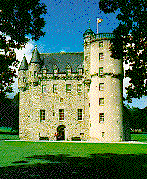
- Banners - Brightly colored flags, often very long and
beautifully decorated.
- Battering ram - A long wooden beam that was swung at
castle walls to knock them down.
- Battlements - Low wall on top of the main castle walls.
Soldiers could shelter behind them when under attack.
- Baluster - A small column.
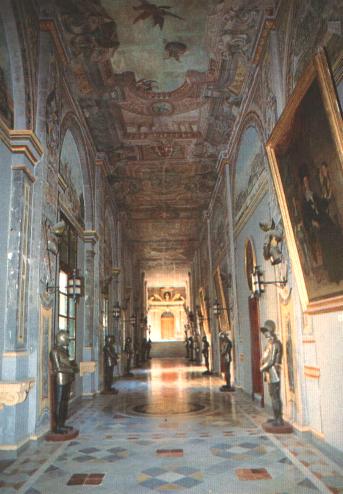
- Buckler - Small round shield.

-
Coat of arms - Badge or crest worn by a knight, showing he belonged
to a noble family.
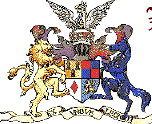
-
Crusades - Wars between Christians and Muslims for the right to
rule the Holy Land.
-
Curb Bit - Metal bar that goes inside the horse's mouth. It helps
the rider control the horse.
-
Dungeons - Small dark rooms where prisoners were kept, usually
underground.
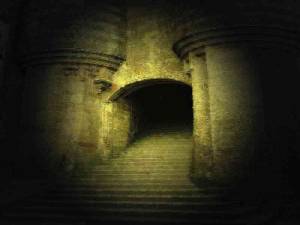
-
Dubbed - Tapped on the shoulders. Part of the ceremony of becoming
a knight.
-
Falchion - Curved, single - edged sword.
-
Guardroom - A room, usually close to the gate of a castle, for the
guards to use.
-
Hawking - Hawks are large birds that kill other animals for
food. For this sport they were sent to catch wild birds, such as
pigeons.
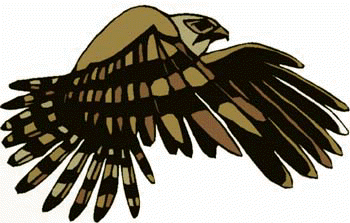
-
Minstrel - A singer and storyteller who entertained knights and lords
during feasts.
-
Melee - Mock battle fought by teams of knights.
-
Palfrey - Horse specially bred to be comfortable to ride.
-
Parapet - The walkway along the top of a castle wall.
-
Plate armor - Armor made of large pieces of metal, shaped to fit the
body.
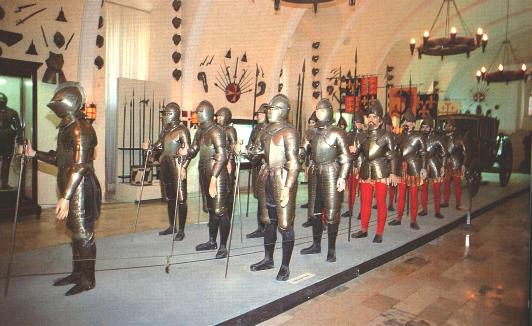
-
Rushes - Long grass that was dried and put on floors.
-
Quintain - Machine used for practice fighting. It was made
of a wooden pole with a shield at one end and a heavy weight on
the other.
-
Squire - A young man, usually the son of a knight or lord, who was
training to become a knight.
-
Tapestries - Decorated wall hangings, usually made of woolen cloth.
-
Tournament - Mock battles fought by knights for sport and fun.
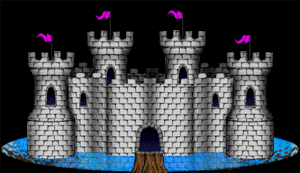
|





